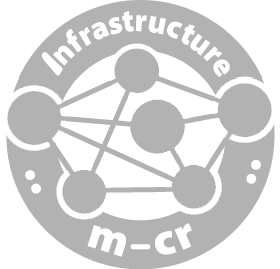Connector between users, applications and devices
What is a switch?
Simply explained: In almost all corporate environments, a network switch is a device that goes unnoticed by the average employee. Nevertheless, it fulfills an essential function.
This paper will explain the nature of a network switch and look at the different types of switches and their functions.
What is a network switch?
Function and intended use of a LAN switch
Network switches: how they work and how to use them
An overview of the types of switches in networks
There are three logical types of network switches in network technology:
Unmanaged switch
The unmanaged switch is a device that only works on the second layer of the OSI model. This means that it only processes information that is available in the form of frames. It offers no network functions other than basic connectivity.
The managed switch is a switch with its own IP address.
This IP address is required to manage the network settings on the switch itself and allows the switch to be at layer 3 of the OSI model. This type of network switch allows for more precise control over what each port does and how traffic flows through the network. The third type is a smart switch, the cheaper counterpart to the managed switch. However, it has fewer and less complex configuration options.
Managed switch
Smart switch
The smart switch is the cheaper counterpart to the Managed Switch. However, it has fewer and less complex configuration options.
Managed switch vs. unmanaged switch
A managed switch, also known as a ‘managed switch’, is a LAN switch that has been explicitly designed to meet the requirements of network management. It has a dedicated IP address and offers an extensive range of tools. The configurable settings allow network operation to be optimised.
In contrast, the benefits of an unmanaged switch are severely limited.
Its only function is to enable a higher number of physical connections in the network.









